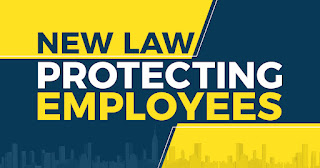Public work projects involving New York State entities are lengthy, extensive, chaotic, and often result in a variety of disputes based on timeframe, requisition for payments, and when payments are due.
Consequently, NY amended a previous law that changes the definition of how contractors get paid to make it an easier and quicker process.
Substantial completion is now defined as the completion of "work or major portions thereof as contemplated by the terms of the contract.
Based on this new definition, it's time for contractors to revise the terms of the government contracts with this new language.
For reference, the new NYS law amends State Finance Law §139-f and General Municipal Law §106-b, which require contractors working on a public work project to submit requisitions for payment of completed work that is "substantially completed" to a public owner. The amendments clarify the meaning of "substantial completion" in public work projects.
Previously, Senate Bills S.7664 and and A.9117 amended section 139-f of the state finance law to define "substantially completed" work on a public work project as "the state in the progress of a project when the work required by the contract" is completed.
The new law supersedes both Senate Bills S.7664 and A.9117 with its new definition of "substantial completion.
Based on this narrow and concise definition of "substantial completion,", this amendment will undoubtedly create far less chaos, confusion, and turmoil during the course of an ongoing public works project.



